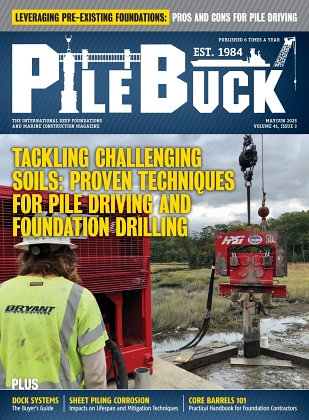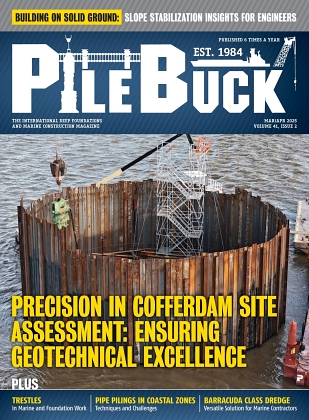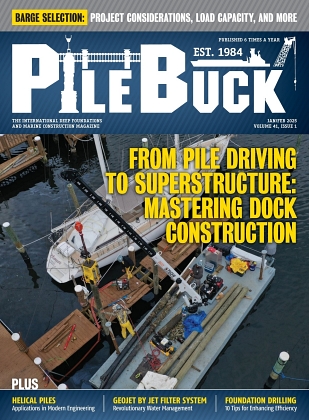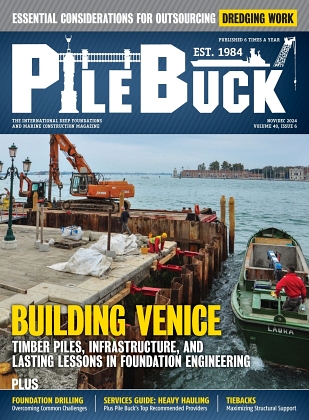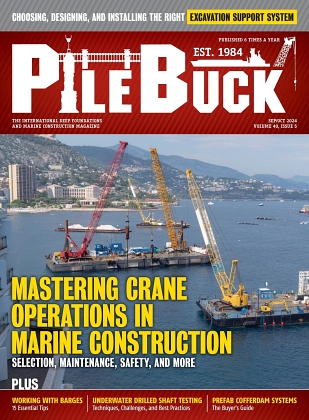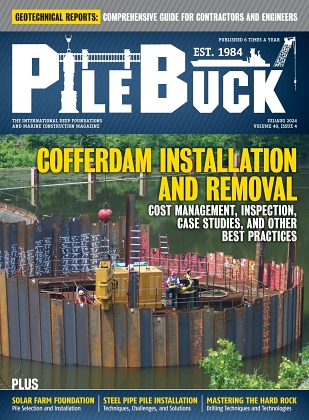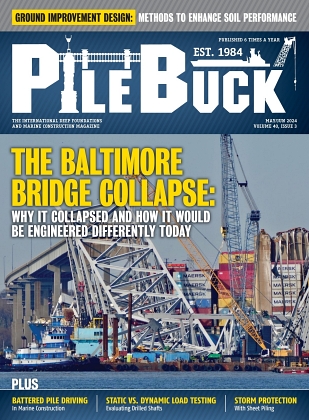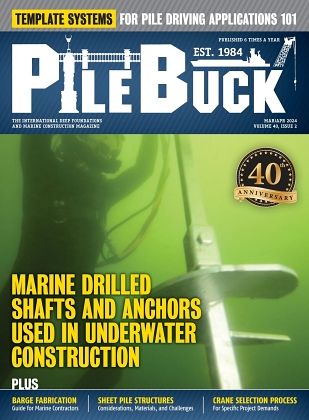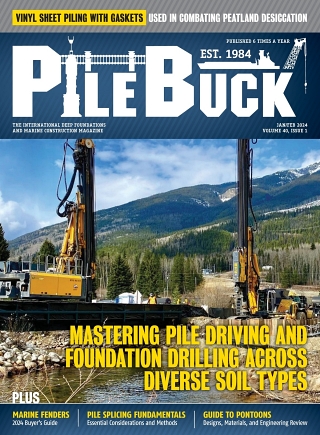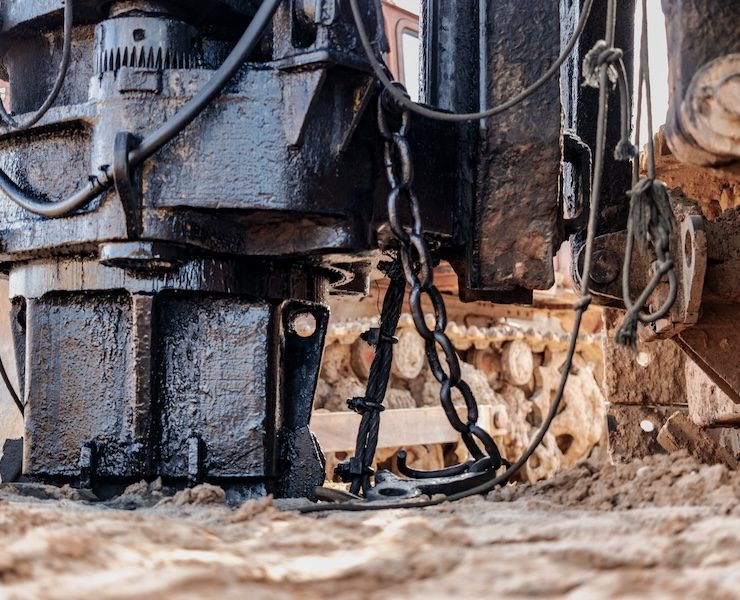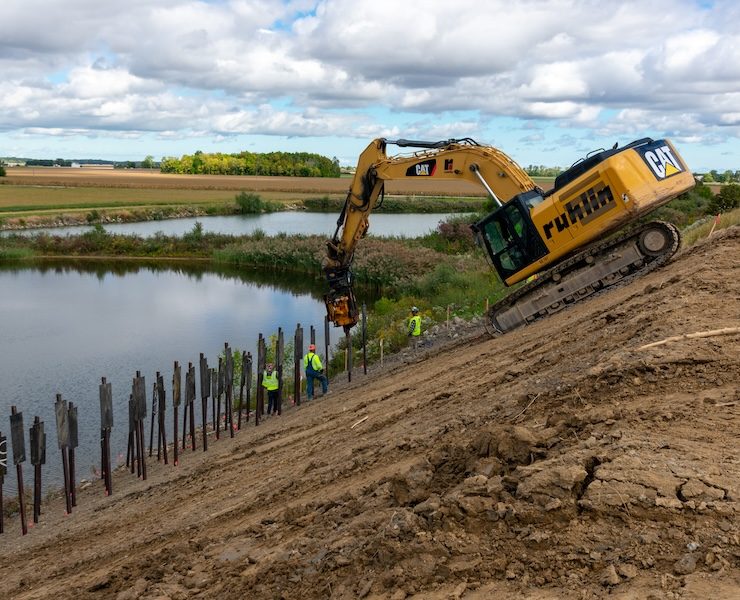Compaction Grouting Techniques for Soil Stabilization


Compaction grouting is a ground improvement method that injects a very stiff, low mobility grout into loose or weak soils to densify and strengthen the surrounding ground. The goal is to form a grout bulb that displaces soil outward, reduces voids and increases density. This technique differs from permeation grouting because the mixture does not flow through soil pores but instead pushes the soil mass into a more compacted arrangement. It is widely used for densifying non cohesive soils, stabilizing loose fills, supporting existing foundations and mitigating settlement in areas where excavation or vibration based approaches would be disruptive.
Why Soil Stabilization Matters
Soil stabilization is critical for ensuring structural performance across infrastructure, building foundations, transportation corridors and industrial sites. When soils contain high void ratios, weak zones or collapse prone pockets, they can settle unevenly or lose strength under loads. Compaction grouting helps correct these conditions by reducing void space, increasing density and improving stiffness. As the ground becomes more uniform, the risk of differential settlement decreases and the soil becomes more capable of bearing structural loads.
The Mechanics of The Technique
Injection Process and Grout Behaviour
The compaction grouting process begins with drilling or driving a casing to the target depth. A high viscosity grout mixture is then injected at controlled pressures so the material forms a bulb at the casing tip. As injection continues and the casing is gradually lifted, sequential bulbs form along the treatment zone. Each expanding bulb pushes soil outward and upward, compacting the surrounding material. The process is repeated in controlled lifts to ensure uniform improvement throughout the design depth.
Soil Response and Improvement Mechanisms
Once the grout expands, it increases the stress within the soil matrix, causing particles to rearrange more tightly. This results in reduced void ratio, higher density and improved stiffness. The surrounding ground gains greater shear strength and better load carrying capability. In granular soils the improvement can be substantial because the injected grout forces the particles into a denser configuration. In certain seismic zones this densification can also reduce the risk of liquefaction by improving resistance to cyclic pore pressure build up.
Applications And Advantages
Ideal Use Cases for Compaction Grouting
Compaction grouting is valuable for stabilizing loose fills, sands and silts that need densification. It is frequently used beneath existing buildings where minimal disturbance is required, and it is an effective method for treating voids created by decomposing organic material, buried debris or settlement of old fills. The technique is also applied below infrastructure such as roadways, embankments, bridge approaches and industrial slabs. In areas prone to seismic activity it helps increase density and stiffness, thereby improving ground performance under dynamic loading.
Key Benefits Of The Method
One major benefit is that the technique improves soil conditions without the need for extensive excavation. This makes it particularly well suited for treating foundations of existing structures or for limited access areas where heavy vibration based equipment cannot be used. Because the grout displaces rather than permeates, it is effective in soils where permeability would limit other grouting methods. It is also highly targeted, allowing engineers to treat specific weak zones rather than entire site areas. As a result it often becomes a cost effective alternative to deep foundation replacement or removal of large soil volumes.
Design Considerations And Limitations
Site Investigation And Grout Design
Successful compaction grouting requires an understanding of soil type, groundwater conditions, load requirements and the depth of treatment. Geotechnical investigations such as cone penetration testing and borings help establish baseline strength values and identify zones needing improvement. The grout mix must be designed to maintain low mobility with adequate viscosity to form dense bulbs without flowing uncontrollably. Injection pressure, casing lift rates and target volumes must all be closely monitored to avoid damaging nearby structures.
Practical Limitations And Challenges
Although versatile, compaction grouting is not suited for every soil type. Highly cohesive soils may not respond well because water cannot escape quickly during compaction. Very soft clays and highly saturated fines may experience ground heave instead of densification. Projects near sensitive structures require careful pressure control to avoid uplift or lateral displacement. Achieving uniform treatment in soils with variable density or erratic layering can also be challenging, requiring adaptive injection patterns and steady monitoring throughout the process.
Best Practices For Implementation
Sequencing And Monitoring
Grouting typically progresses from deeper elevations upward in controlled lifts to ensure each bulb forms against sufficiently confined soil. Injection pressures and volumes are logged continuously to track soil response and verify that grout bulbs are forming correctly. Field engineers monitor ground movement and adjust sequencing as needed. Post treatment verification such as settlement monitoring, in situ testing or targeted core sampling helps confirm that the required improvement has been achieved.
Collaboration With Tools And Equipment Providers
Compaction grouting depends heavily on reliable drill casings, starter bits, wet swivels, extractors, pressure gauges and hydraulic power units. Partnering with specialized suppliers ensures that equipment performs safely and consistently during drilling and injection. Contractors performing ground improvement often depend on high quality compaction grouting equipment to maintain safety and performance standards during treatment. For complex stabilization projects it is beneficial to work with suppliers who offer durable soil stabilization tools and machinery that support drilling, casing installation and controlled grout delivery.
Compaction grouting continues to be one of the most reliable and controlled methods for stabilizing loose soils, increasing density and improving ground performance with minimal disruption. Its versatility allows engineers to treat weak zones under buildings, infrastructure and industrial facilities without major excavation. With the right site investigation, targeted design and dependable equipment, the method provides long term improvement that supports structural stability and reduces settlement risk. As construction activity increases in urban areas where access is limited, compaction grouting will remain a preferred solution for contractors seeking precise and efficient soil stabilization.



